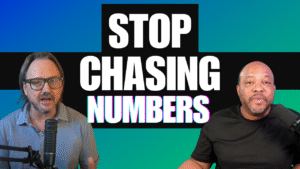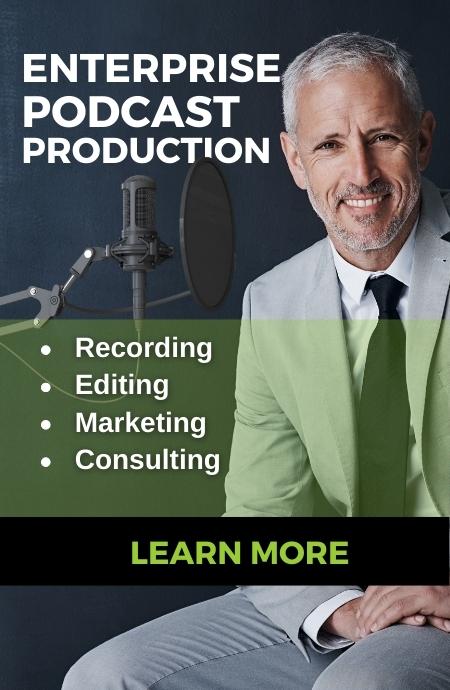Video is one of the most visible aspects of digital marketing, especially social media marketing as social media platforms are introducing video-focused algorithms. From this, it’s obvious that video can tremendously benefit from raising your brand awareness. But just like any other aspect of marketing, it is important to understand how to measure the ROI of your video marketing campaign.
How Can You Measure your Video’s ROI?
From the moment your video goes online, you will need to monitor its performance. So, before anything else, you need to determine which KPIs (key performance indicators) are most important to your overall video marketing goals.
If you want to increase your brand visibility: view-count, social shares, and reach are the metrics you want to measure. The six key metrics that you should pay attention to when it comes to video marketing are view count, conversion rate, the rate of play, click-through, social sharing, engagement, and total cost.
Marketing is now data-driven, with data being fragmented across several points, and the changes that occur are quick and constant. So, if you’re wondering about the process of measuring the ROI of your video marketing campaign, let’s see how we can help.
Set Your Goals
Goal setting is the number one step before taking any action. First, you need to know what you want the result to be. How do you want your video to engage the audience?
If you don’t know these things, then you shouldn’t launch any campaign. Every business has a specific set of goals, so you will want to evaluate your objectives for each video marketing campaign you start.
Have you launched an international campaign to build your brand strength this month? Do you plan to launch a new product and a campaign to drive sales?
You can measure your success only if you know your goals because only then you will know WHAT to measure. Sometimes, the problem is not in the video itself or its delivery, but in the CTA or poor conversion page.
The objectives you set out to achieve need to be SMART – (Specific, Measurable, Achievable, Relevant, and Time-bound.) This technique of goal setting is easy to use and will help anyone reach them by explicitly defining them and by setting a completion date. This way, they will provide you with the necessary motivation, clarity, and focus on seeing it through.
Choose Your Distribution Method
The next step to measuring your video marketing campaign ROI is determining where to distribute it. You can share your video on different places, and the challenge is then in tracking and measuring each online location where you spread it.
Start by focusing on your YouTube channel, a page on your website, email newsletter, and social media profiles. This way, you can build several assets explicitly tailored to the individual channel with each video you create.
These four distribution methods are at the core and will meet most of your needs, while you can always utilize others if you want to grow your video marketing campaign.
ROI Measurement Models
There are three primary models for measuring video campaign ROI – absolute ROI, relative ROI, and attribution modeling.
- Absolute ROI – This method of measuring ROI is excellent when your video marketing campaign is a stand-alone. It is the simplest way of measuring ROI from videos. Depending on the content marketing goals you’ve set, you can calculate your ROI in terms of price per view, subscriber, download, etc. To figure it, you take the total sum you’ve spent on creating and promoting the video and then divide it by the number of subscribers, downloads, views, leads, etc
- Relative ROI – This measuring technique is used best when you are running a video marketing campaign alongside other marketing strategies. If, for instance, you are using both video marketing and printed advertisements to promote your brand, you can compare them against each other. This information will allow you to determine which type of marketing strategy is working better and where it’s better to allocate your funds.
- Attribution Modeling. The most complicated ROI measurement model, it measures the impact your video made on each marketing channel you use. It provides a lot of valuable data, but small businesses avoid it because it’s too complicated and doesn’t pay off that much.
Set Up an Analytics System
The choice of the right analytics system depends, again, on your campaign objectives. There are many sets of tools that can help examine things such as viewer demographics, drop-off rate (when people stop viewing your video on average,) how many people watched it to the end, and how many times it got shared.
The insight you’ll get from this will help you plan future video campaigns and campaign developments. The success of your video marketing campaign doesn’t need to be measured by dollars exclusively, but also through new followers, shares, social interactions, and other metrics.
Find a Mentor or Hire a Consultant
The entire measuring process needs to be made as manageable as possible. Find someone to help once you establish the KPIs to track. You can ask an experienced friend or colleague for help or hire a professional consultant. Whoever you go with, it’s important to consult your video content production team regularly because analytics may uncover some adjustments or changes that need to be made on the run.
Change and Adjust
If you’re about to launch your first video marketing campaign, there will probably be a lot of changes as it’s your first experience. So, you’ll be making some adjustments along the way.
It is the adjustments that come from A/B testing or your video production team. Be sure to learn as much as you can from these adjustments and mark it in the data clearly so you can explain them in the future.
The last step is to analyze the final results of the campaign. Go back to step one, your campaign objectives, and measure them against the KPIs you chose. Then take a look the results. Is there a positive ROI on your video marketing campaign?
If yes, then great! If not, don’t lose your enthusiasm because it’s all about working to understand your audience, learning, and testing. Analyze the data you’ve gathered and use your newly acquired knowledge to improve your future campaigns. If you want to see positive ROI on a regular basis, it is the only real way to do it.
Want to learn more? Talk to a professional Content Monsta!
- Transmutative AI: Evolving Content Without Losing the Human TouchDiffering from general Generative AI, Transmutative AI doesn’t create content from thin air. It creates from something real – your substance, your thoughts, your experiences, your expertise.
- Building a Unified B2B Revenue Team with Andrei ZinkevichMarketing is facing a crisis of credibility and alignment, as legacy systems and outdated KPIs have led to internal silos and a disconnect from revenue goals. Andrei Zinkevich of FullFunnel.io and A. Lee Judge, Sales and Marketing Consultant, explore how marketing and sales leaders can adopt a unified revenue team approach to drive meaningful business outcomes.
- Why Speed and Scale Are Killing Your Marketing with Robert RoseBegin with the story. Valuable content is created by focusing on the narrative and then selecting distribution methods that fit.





